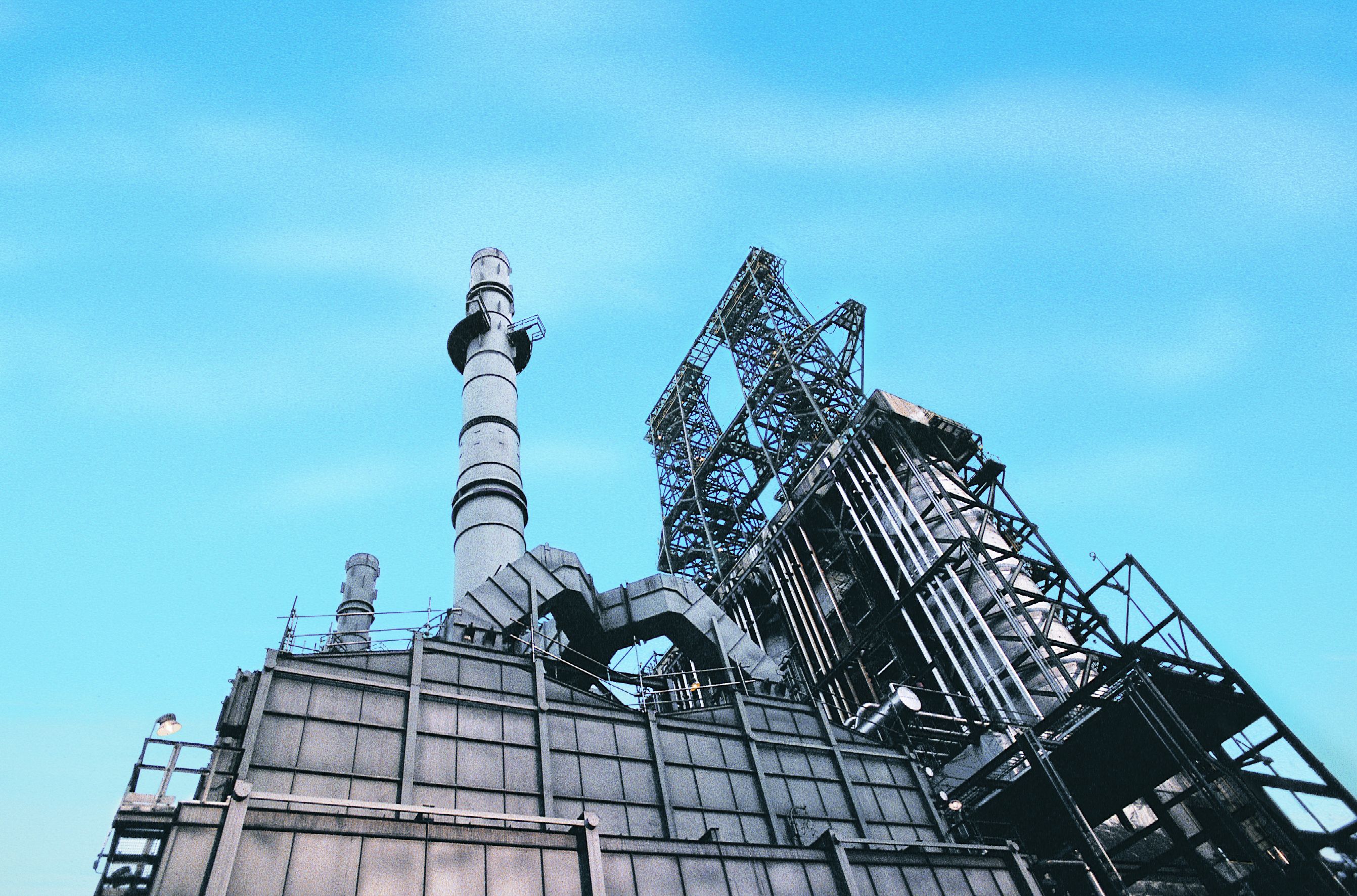Trump’s sacking of U.S. Secretary of State Rex Tillerson has brought the nuclear deal with Iran firmly into the spotlight and sparked considerable speculation that Trump is moving to end the deal and reimpose sanctions. While I have been bearish on oil for some time, primarily because of growing U.S. shale oil production, there are signs that this and other geopolitical risks I discussed in a February 2018 article are heating up and could give oil a solid leg up.
Now what?
Tillerson was not opposed to the Iran nuclear deal. His dismissal centres on his differences with Trump over the deal and indicates the president is moving closer to revoking the agreement so as to restore sanctions against Iran. If that occurs, it could reduce global oil supplies and further rebalance global energy markets.
The reintroduction of sanctions will essentially bring Teheran’s plans to significantly expand oil production to an abrupt end. It was the Iranian government’s desire to boost oil production to support its plans to bolster economic growth that was a key reason for it agreeing to end the nation’s nuclear program. Once the agreement was in place, Teheran moved quickly to expand its oil output, planning to increase output to as high as five million barrels daily.
In the 10 months from March 20, 2017, Iran has added 165,000 barrels per day to its oil and gas output. It achieved that with OPEC production caps in place and without any significant and much-needed investment in its oil industry from foreign energy majors. There are signs that without those limitations, production would have grown at a greater rate.
The urgency with which Teheran is determined to boost production is underscored by its desire to reinvigorate Iran’s deteriorating economy, which was damaged by years of sanctions. If Trump reimposes sanctions, they will take with them the planned economic recovery, which was to be spearheaded by a significant uptick in activity in the nation’s energy patch.
While that may be bad news for Teheran and Iran’s people, it is good news for oil prices and beaten-down energy companies. The North American benchmark West Texas Intermediate (WTI) has once again rallied to trade at over the US$65-per-barrel mark, which is good news for oil stocks. If sanctions are reinstated, that could easily propel WTI to over US$70 per barrel, particularly when it is considered that Venezuela’s oil output is deteriorating and global demand growth is accelerating.
So what?
Reinstated sanctions would be good news for Crescent Point Energy Corp. (TSX:CPG)(NYSE:CPG). Despite a difficult operating environment dominated by weaker crude during 2017, Crescent Point was able to boost productive capacity by 70% and organically increase its oil reserves by 152% of that year’s production. In an environment where WTI is rapidly rising in value, the company appears attractively valued.
You see, its proven and probable oil reserves have been independently calculated using a WTI price of US$55 per barrel to be worth $24 per share after a 10% discount was applied in accordance with industry methodology. Based on Crescent Point’s current price of $9.40 per share, it is trading at less than half of its net asset value. Crescent Point is also well positioned to weather any further downturns in the price of crude, having reduced debt by completing $320 million of non-core dispositions since the beginning of 2017. It has also hedged 50% of its planned first-half 2018 oil production at $73 per barrel, ensuring that it will be cash flow positive should oil dip lower.
For these reasons, Crescent Point is a very appealing play on higher oil, especially with every likelihood that geopolitical risks will support higher prices.









